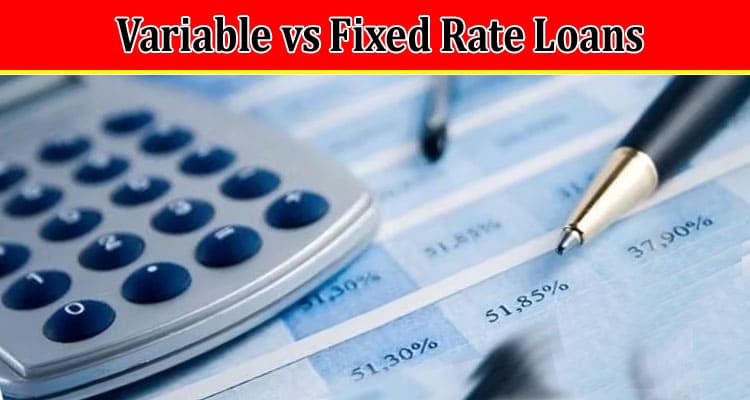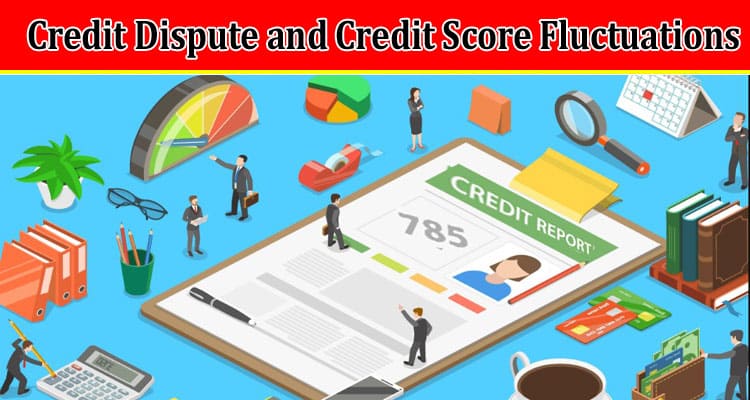Understanding the intricacies of loan interest rates is crucial for anyone venturing into the world of borrowing, whether it’s for purchasing a home, funding education, or managing personal finances. The choice between variable and fixed rate loans, akin to choosing between a sailboat and a steamship, requires a deep understanding of how these rates work, their impact on your financial journey, and which option aligns best with your financial goals and risk tolerance.
The Essence of Variable Rate Loans: Riding the Economic Waves
Variable rate loans are the sailboats of the financial sea. Just as a sailboat relies on the wind’s direction and strength, variable rate loans are influenced by market conditions. They are directly tied to a benchmark interest rate, often the prime rate, which fluctuates based on economic factors. This means your interest payments can increase or decrease over the life of the loan.
Consider the example of an unsecured personal loan. These are often offered with variable rates, making them attractive during periods of low-interest rates. However, they come with the risk that rates could rise, increasing the cost of borrowing. The flexibility of variable rates can be a boon for those who can navigate economic shifts, but it requires vigilance and a readiness to adjust sales as financial winds change.
Fixed Rate Loans: The Steady Journey of a Steamship
Fixed rate loans, on the other hand, are like steamships, offering a predictable, stable journey. These loans lock in an interest rate that remains constant over the life of the loan, unaffected by market fluctuations. This predictability makes budgeting easier, as you know exactly what your payments will be for the duration of the loan.
A fixed rate is often preferred for long-term loans such as mortgages. Imagine building a house on a foundation made of water – not the wisest choice. Fixed rate loans offer a solid foundation, ensuring that your financial plans aren’t upended by unexpected interest rate increases.
The Tale of Two Borrowers: A Case Study
Let’s bring this to life with a case study. Meet Alex and Jordan, both considering a $100,000 loan. Alex chooses a variable rate loan, initially at 3%, while Jordan opts for a fixed rate loan at 4%. Initially, Alex enjoys lower payments. However, two years later, the variable rate climbs to 5%, surpassing Jordan’s fixed rate. Alex’s payments increase, while Jordan’s remain the same, illustrating the risk and potential rewards of variable rate loans.
Making the Choice: Sailing or Steaming?
Choosing between a variable and fixed rate loan is not just about current financial conditions but also about your personal financial journey and risk tolerance. Variable rate loans can be appealing in a low-interest-rate environment, offering initial savings and the potential for rates to decrease further. However, they require a willingness to adapt to changing financial climates.
Fixed rate loans, while potentially more expensive initially, offer peace of mind and predictability. They are best suited for those who value stability and have a long-term financial plan that might be disrupted by fluctuating interest rates.
Conclusion: Charting Your Course
In conclusion, the choice between variable and fixed rate loans is akin to choosing between different types of sea vessels, each suited for specific conditions and voyages. It’s essential to understand not only the mechanics of these loan types but also to assess your financial landscape, future outlook, and personal comfort with risk. Just as a seasoned captain chooses their vessel wisely, so should you select your loan type with consideration and foresight, ensuring a smooth financial journey ahead.



